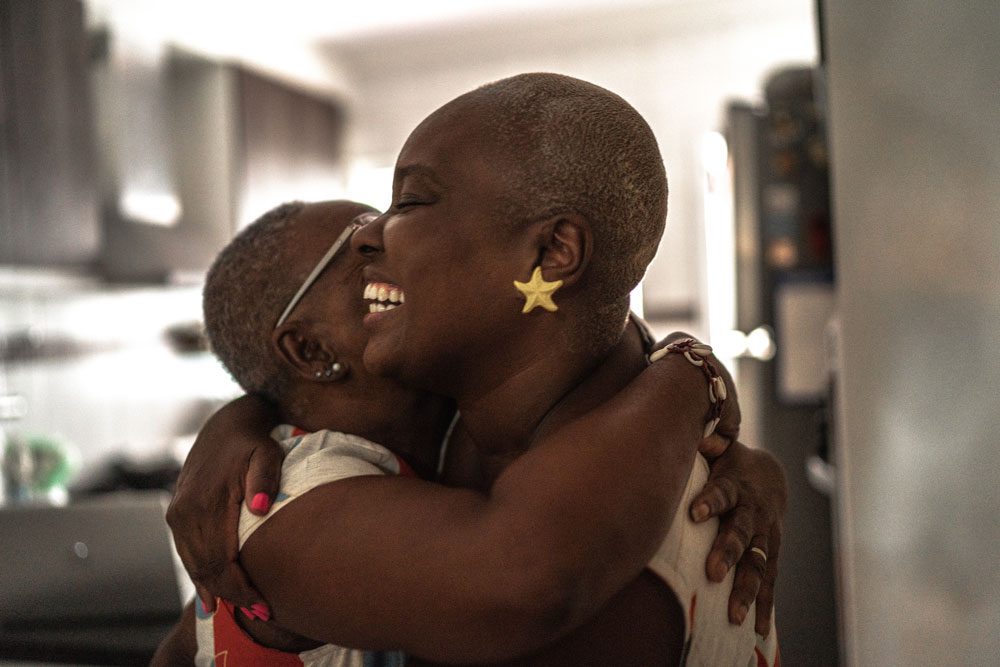ASGCT 2024: AAV Gene Therapy is Now, but Gene Editing is the Future
Hosting one of the largest scientific gatherings of gene and cell therapy professionals, Baltimore was the place to be from May 7-11 when the American Society of Gene and Cell Therapy's (ASGCT) Annual Meeting arrived in town. This year’s event was highly anticipated and well attended by approximately 8,000 researchers, biopharma sponsors, industry professionals and an impressive roster of FDA star power. The conference was invigorated by the momentum and promise of being one step closer to the ability of precisely editing the human genome and address underlying causes of disease.
Three key themes and related discussion focused on:
- Fit-for-purpose gene therapy -- in the form of AAV dominated the event spotlight, to the exclusion of much of the rest of the field, including antisense oligonucleotides, cell therapies, oncolytic viruses and even gene editing.
Scores of scientific posters focused on how to decrease the immunogenicity of adeno-associated viruses (AAV) vectors, increase their coding capacity, or create a capsid protein that allowed these therapies to expand capacity, durability, and utility.
Peter Marks, Director, CBER, FDA, while reinforcing gene editing as the hope and promise of the field, acknowledged AAV as the enabling workhorse. He encouraged CRISPR as a more efficient and facile future alternative, suggesting that manufacturing processes could apply across a range of treatments. Manufacturing remained a focus and a call to action to sponsors. Dr. Marks advised cell and gene sponsors to have their manufacturing defined earlier to enable seamless movement through development, or risk negative regulatory feedback at highly-covered early engagement meetings, such as INTERACT.
During remarks upon receipt of the Mendell Award for Translational Science, John Tisdale, MD of the National Heart, Lung, and Blood Institute urged the research community to move towards point of care gene editing as the future of the field, and to reduce reliance on manufacturing centers to expand adoption.
- While cell therapy was less represented, discussion focused on potential categorical positioning away from oncology to inflammation and autoimmune diseases while concerns about anticipated success and limited application persist. The repurposing of CD19 CART therapies for these types of diseases may run into the same difficult nuances and complexities that they did in oncology. To better understand how CAR-T can succeed will require additional understanding of these complex disease processes and how cell therapy may or may not be sufficient.
- Regarding price and access, there was a palpable sense of urgency to reduce the cost and improve the accessibility of these therapies. Key questions focused on scalability of cell and gene innovations and global reach. Continued investment is critical to reach the broader populations who stand the benefit from these life-changing therapies. Dr. Tisdale in his award lecture cited the need for improved access and affordability that may only be gained through point-of-care administration.
The future of gene therapy relies on precise delivery techniques. The field is rapidly developing, with an abundance of emerging delivery approaches and modalities that will be applicable to a host of different diseases. It is the month of cell and gene therapy meetings and I look forward to clinical development readouts on how these technologies are progressing towards patients. As the research community looks ahead to 2025, lingering questions for sponsors are whether AAV over-investment will continue, and will they expand to more prevalent diseases? What is the future direction of cell therapy? We can look to academia for discovery and early development, an active biotech community for translational breakthroughs and continued advocacy and collaboration across the research community to make these novel therapies as accessible as possible for patients everywhere.







